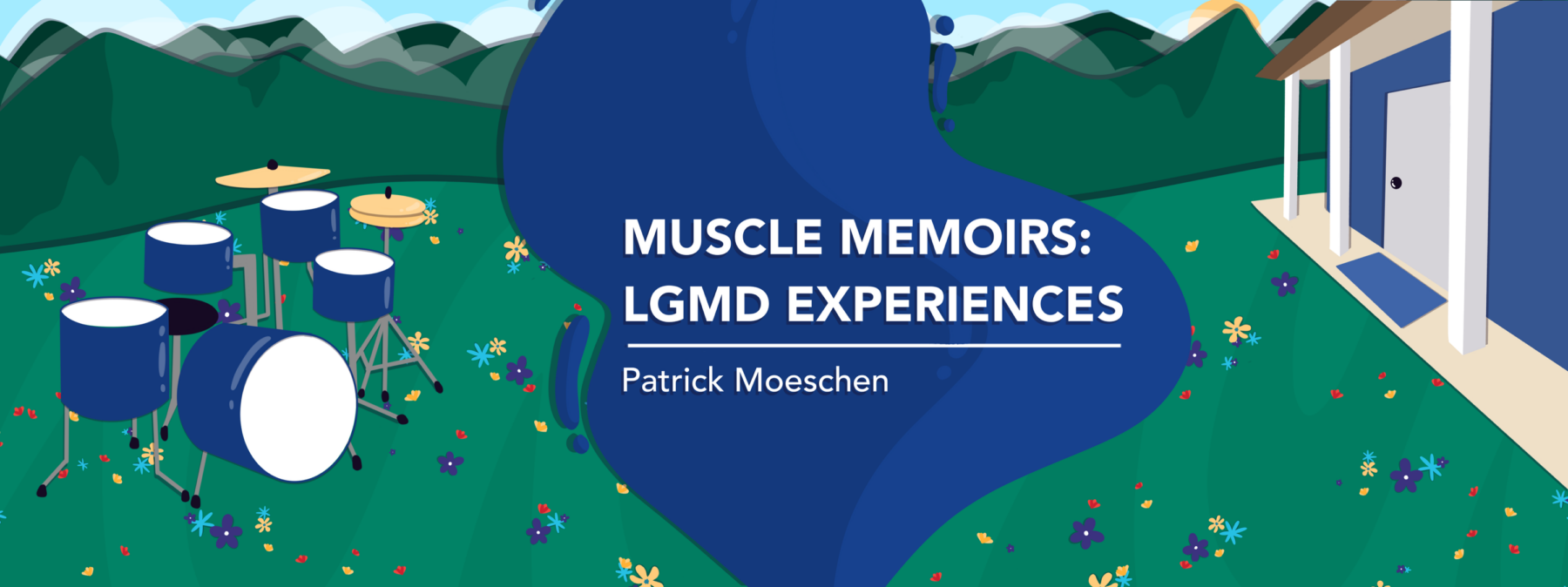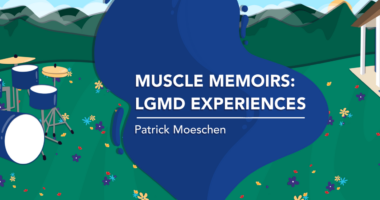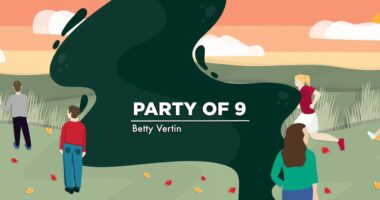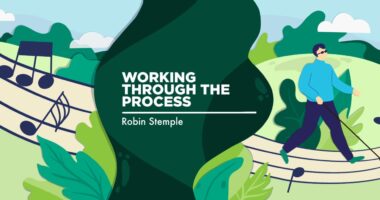The how and why of living with limb-girdle muscular dystrophy
Focusing on my 'why' helps me figure out the 'how'

“He who has a why to live can bear almost any how.” — Friedrich Nietzsche
I love a good quote as much as the next person. When I was teaching music in middle school, I’d sometimes write inspirational or thought-provoking quotes on the whiteboard to encourage conversation or reflection.
At times, I’d have the kids find a quote that resonated with them. They’d write it down on a colorful Post-it note, and then we’d take a few minutes to travel to another part of the building where we’d stick the notes on unsuspecting students’ lockers. Not only did it serve as a random act of kindness, but it also gave the kids a chance to move around.
Over the years, I kept a journal of the quotes that meant the most to me. Many of them, like the one above, speak to my 40 years and counting of living with limb-girdle muscular dystrophy (LGMD). Nietzsche’s quote is one I return to whenever my disease progresses. The words balance me.
Grounding myself in the ‘why’
For those of us living with chronic illness, the suffering isn’t just physical. I contend with emotional, mental, and social challenges, too. Nietzsche’s insight suggests that when people root their lives in a clear purpose — whether it’s family, a creative passion, helping others, or simply finding beauty in daily moments — they gain the strength to figure out how to confront whatever their illness throws at them.
From time to time, I notice that physical tasks I could once accomplish have become difficult or impossible. I call them “slips.” Currently, it’s getting more difficult to lift my right hand from my lap to the joystick on my power wheelchair. This has been happening for months when I’m fatigued, but with increasing frequency over the past few days.
My mind always takes the same track: Am I beginning to lose another function? Am I doing anything differently that is making this simple act harder? Is it my muscles? My arm angle? Did I bump my chair into something, causing the right armrest to be higher than it was before?
Does it matter? One way or another, my LGMD is always progressing. Sometimes the loss is small (using a power toothbrush instead of a manual one), and sometimes it’s more pronounced (no longer being able to walk). Either way, it requires me to modify how I live to maintain my quality of life.
When I focus on my “why,” I find that chronic illness isn’t just an obstacle, but a lens for discovering hidden strengths and a deeper capacity for empathy, wisdom, and joy.
At times, I’ve had to adapt my “why” or find new sources of meaning. Small rituals such as taking a walk (roll) outside each day, hobbies that support my interests, and activities that align with my values all help me to foster resilience.
This approach does not deny the reality of living with LGMD; rather, it affirms that meaning and purpose can be found — and are even more vital — when life becomes difficult. Anchoring oneself in a “why” will not cure the illness, but it can deepen our connection to life and others.
Note: Muscular Dystrophy News Today is strictly a news and information website about the disease. It does not provide medical advice, diagnosis, or treatment. This content is not intended to be a substitute for professional medical advice, diagnosis, or treatment. Always seek the advice of your physician or another qualified health provider with any questions you may have regarding a medical condition. Never disregard professional medical advice or delay in seeking it because of something you have read on this website. The opinions expressed in this column are not those of Muscular Dystrophy News Today or its parent company, Bionews, and are intended to spark discussion about issues pertaining to muscular dystrophy.








Leave a comment
Fill in the required fields to post. Your email address will not be published.